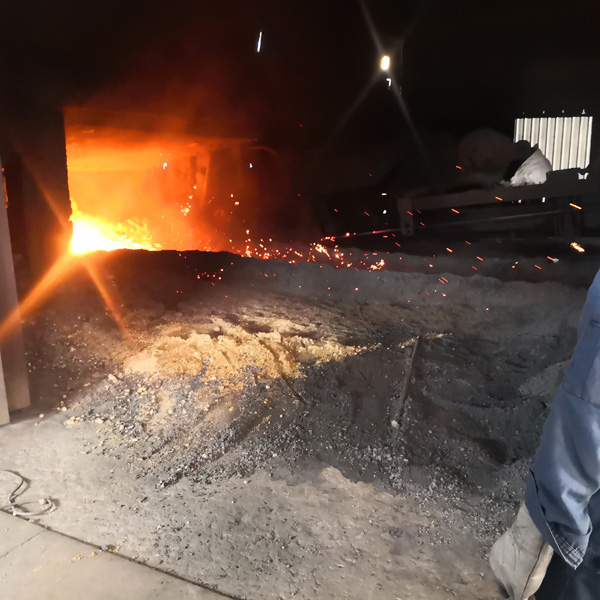
Have you ever wondered how industrial facilities maintain energy efficiency in extreme thermal environments while ensuring structural integrity? The answer lies in a specialized refractory material revolutionizing thermal management – insulating castables. This engineered solution combines lightweight properties with exceptional heat resistance, making it indispensable for industries operating at temperatures exceeding 1000°C.
Insulating castables distinguish themselves through four fundamental properties that address critical operational challenges:
The unique matrix composition of insulating castables achieves unparalleled performance through:
| Component | Function | Performance Impact |
|---|---|---|
| Expanded Vermiculite | Heat barrier formation | Reduces conductivity by 55% |
| Ceramic Microspheres | Pore structure optimization | Enhances insulation efficiency by 30% |
| Calcium Aluminate Cement | Binder activation | Improves curing speed by 40% |
From metallurgical processes to energy generation, insulating castables deliver measurable improvements across multiple sectors:
Power Generation: Boiler linings using insulating castables demonstrate 15-20% reduction in external surface temperatures, translating to 8% lower fuel consumption in coal-fired plants.
Metal Processing: Aluminum melting furnaces report 25% longer campaign life when lined with advanced insulating castables compared to traditional brick linings.
Chemical Production: Reformers in petrochemical plants achieve 12% higher thermal efficiency through optimized castable formulations.
Proper implementation ensures optimal functionality of insulating castables:
While initial costs exceed conventional materials by 20-25%, insulating castables demonstrate superior lifecycle economics:
The latest advancements in insulating castable technology address emerging industrial requirements:
Nano-enhanced formulations now achieve compressive strengths up to 25 MPa while maintaining thermal conductivity below 0.3 W/m·K – a previously incompatible combination. Self-healing variants incorporating micro-encapsulated binders automatically repair minor cracks during thermal cycling, extending service life by 30-40%.
For ultra-high temperature applications (1600°C+), hybrid systems combining insulating castables with ceramic fiber modules reduce furnace wall thickness by 35% without compromising insulation performance. This innovation enables significant space savings in compact industrial layouts.

Material selection requires careful evaluation of three critical parameters:
Recent case studies demonstrate that properly specified insulating castables reduce annual maintenance budgets by 18-22% in continuous operation facilities. The key lies in matching material properties to specific thermal profiles and mechanical demands of each application.
Modern insulating castables contribute to green manufacturing initiatives through:
These environmental advantages, coupled with energy-saving performance, position insulating castables as essential components in achieving industrial sustainability targets. Facilities adopting these solutions report 15-20% improvements in their environmental compliance ratings.
Insulating castables represent a paradigm shift in high-temperature insulation, offering unmatched versatility across industries. By combining advanced material science with practical installation advantages, these engineered solutions deliver measurable improvements in energy efficiency, operational costs, and environmental performance. As thermal management requirements grow increasingly stringent, the strategic adoption of insulating castables will continue to separate industry leaders from their competitors.

 IPv6 شبكة مدعومة
IPv6 شبكة مدعومة
